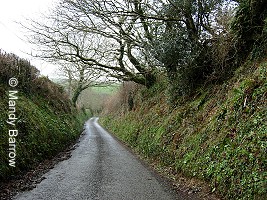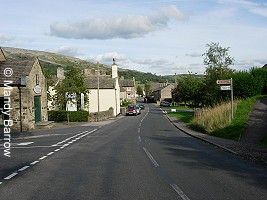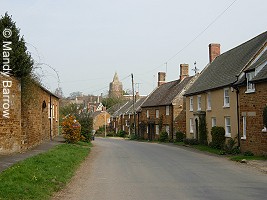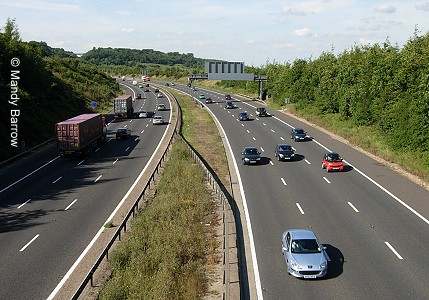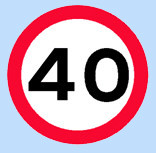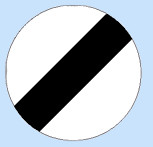 Project Britain
Project Britain
British Life and Culture
by Mandy Barrow
- Search our Site
- Project Britain
- Calendars
- Facts and figures
- London
- Great Britain
- Union Flag
- A-Z of Britain
- Customs & traditions
- Britain today
- Daily Life
- Money
- Etiquette
- Monarchy
- Government
- Education
- Tourist Information
- Food and drink
- Sports and leisure
- History
- Kings and Queens
- Superstitions
- Glossary
|
What is it like to drive in Britain?
|
||||||||||||||||||||||||||||||||||||
|
In Britain, we drive on the left-hand side of the road, so the steering wheel is on the right. However the pedals are in the same position as in left-handed cars, with the accelerator (gas pedal) on the right. The gears and almost always the handbrake (parking brake) is operated with the left hand.
Most cars in Britain are manual cars i.e have a gear stick. Petrol Petrol (Gas) in Britain is one of the most expensive in the world. We pay on average 95 pence a litre.
Minimum driving age in the UK The minimum age for driving a car in the UK is 17, and 16 for riding a moped or motorbike with a maximum engine capacity of 50cc. Roads There are some 225,000 miles (362,000 km) of roads in Britain. Many of the roads are built on the old roads laid down by the Romans centuries ago. Roads in Britain range from wide modern motorways down to narrow country lanes usually bordered by hedges, stone walls, grassy banks or ditches. Cities and towns tend to have compact streets because they date back to well before cars were invented, and were certainly not planned for large lorries (trucks).
In Britain, our three main roads are "M" roads, "A" roads, and "B" roads.
Some motorways have tolls (pay a fee to drive) The first toll motorway, the M6 Toll, opened in December 2003 to ease motorway congestion in the West Midlands. The 43-kilometre expressway cuts journey times around Birmingham by an estimated 45 minutes. What is the National Speed Limit for driving in the UK? All speed limits and distances, on signs, are given in miles or miles per hour. 1 mile is about 1.6 km. Round signs indicate speed limits with the limit amount circled by a red band. When the speed limit has stopped then there is a black line at an angle crossing over a white circle.
The National Speed limits
The following national speed limits apply to all roads unless there are signs to indicate otherwise - all speeds are shown in MPH
Road Signs Roundabouts We have many roundabouts (taffic circles) in Britain. Traffic on the roundabouts have priority over cars coming onto the roundabout. There is a good animation on the following page to show you how to use a roudabout.
Other pages on the same theme |
||||||||||||||||||||||||||||||||||||
 © Copyright - please read © Copyright - please read All the materials on these pages are free for homework and classroom use only. You may not redistribute, sell or place the content of this page on any other website or blog without written permission from the Mandy Barrow. |
© Copyright Mandy Barrow 2014
Mandy is the creator of the Woodlands Resources section of the Woodlands Junior website.
The two websites projectbritain.com and primaryhomeworkhelp.co.uk are the new homes for the Woodlands Resources.
Mandy left Woodlands in 2003 to work in Kent schools as an ICT Consultant.
She now teaches computers at The Granville School and St. John's Primary School in Sevenoaks Kent.
Woodlands Junior Homework Help new website

